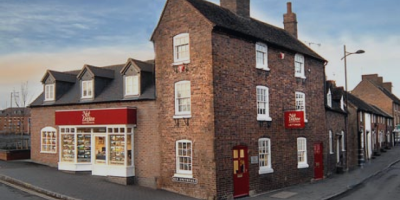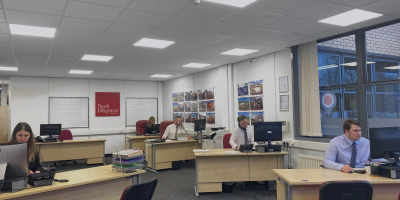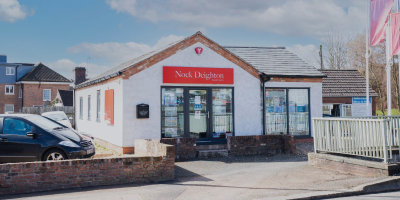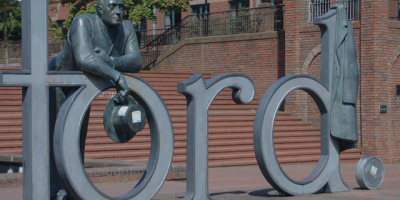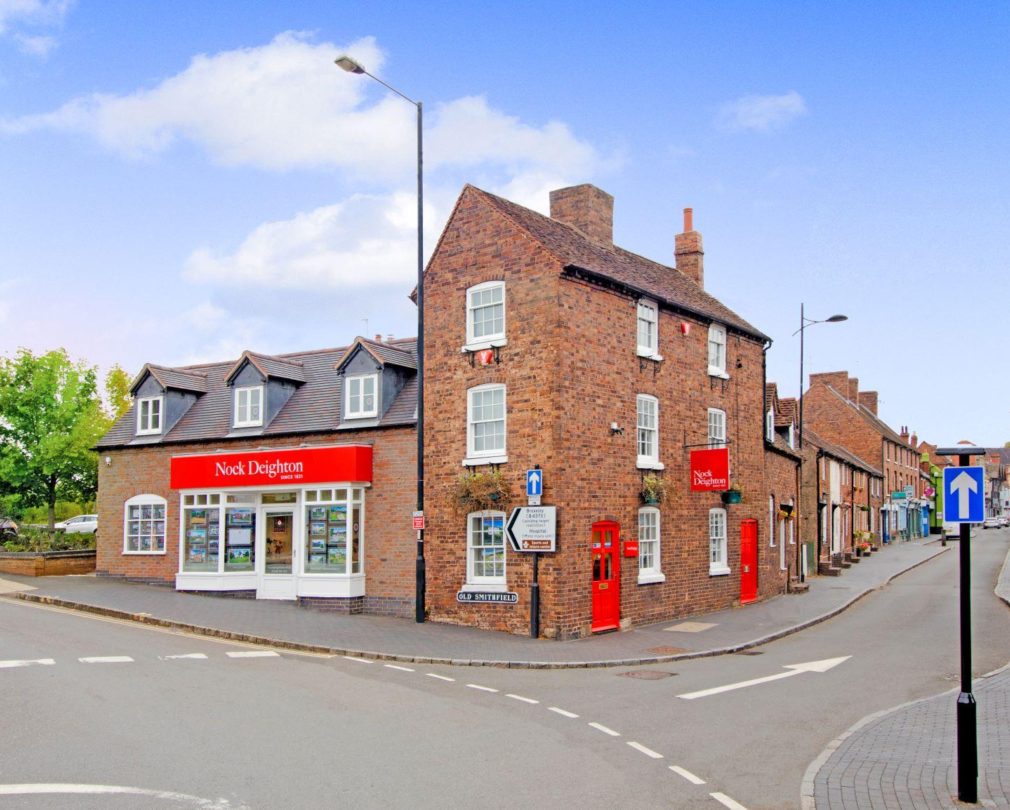
How do I Let My Property?
If you are new to letting, taking the time to prepare your property is essential, as not only will this help you let your property quickly, it will give a positive message to your tenants and may help with any potential claims if required at the end of the tenancy. Ensuring your property is safe and legally compliant is also a necessity before you embark on renting it out.
Below is a brief outline of the legal requirements and helpful tips you should consider before letting your property – more detailed information can be provided upon request.
Legal Requirements
Energy Performance Certificate (EPC) – all residential properties in the UK must have an EPC available to potential tenants prior to letting, which must have a Minimum Energy Efficiency rating of an E or above. Some properties may be exempt from the current standards, but must be registered with the Government. For further information: https://www.gov.uk/guidance/do...
Electrical Installation Condition Report (EICR) – a ‘satisfactory’ report must be obtained from a qualified electrician prior to letting, and a copy provided to your tenant. This must be renewed every 5 years.
Landlords Gas Safety Certificate – This must be carried out by a Gas Safe Registered engineer prior to letting, and annually thereafter.
Smoke Alarms – at least one smoke alarm must be fitted upon each floor of the property, which must be tested and working on the first day of the tenancy.
Carbon Monoxide Alarms – a CO alarm must be fitted within each room which has a combustible appliance, e.g. Gas/oil/lpg boiler/fire, and all solid fuel appliances throught the property, which must be tested and working on the first day of the tenancy.
Portable Appliance Testing – any portable electrical appliances which are to be included within the let should be PAT tested prior to letting, and maintained throughout the tenancy.
Legionella Risk Assessment – See https://www.hse.gov.uk/legionn...
Preparing Your Property for Letting
Decoration – ideally, in order to present your property well, decorating in neutral colours (e.g. white/cream/grey) is recommended, to provide your tenants with a ‘blank canvass’ for them to bring in their own colour schemes and furnishings. If you want your tenants to stay long term and treat it as their home, you may wish to consider allowing them to decorate to suit their own requirements.
Furnishings/appliances – most properties now let as ‘unfurnished’ but this definition could include or exclude appliances. Most rentals include a cooker as modern kitchens may have built-in ovens and hobs, but other appliances may be optional. If appliances are provided within the let, they should be maintained by the landlord.
Curtains/blinds/light fittings are not always included within an unfurnished let, but may help with presentation and make a property look more welcoming to potential tenants.
Ventilation – condensation/mould can be a problem in some properties, especially in winter time when windows are closed and there is less ventilation. Installing good quality extractor fans in bathrooms (even when windows are present) can help to prevent mould problems from occurring.
Gardens – it is usually a tenant’s responsibility to maintain the gardens included with the property. However, not all tenants are keen gardeners and may not prioritise this if they are working long hours. It is advisable to make the gardens low maintenance initially, in order to minimise any potential issues later on. If front gardens are open and visible to neighbouring properties, it may be worth considering gravel/paving them from the outset.
We hope the above advice and tips have provided some assistance. If you would like to more indepth advice and more information on letting your property, please email our lettings team: [email protected]


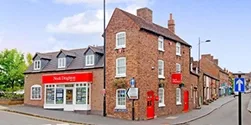

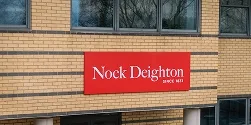
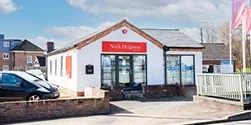

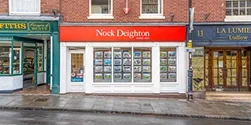

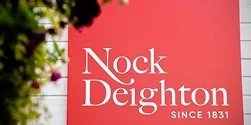
 Payment
Payment